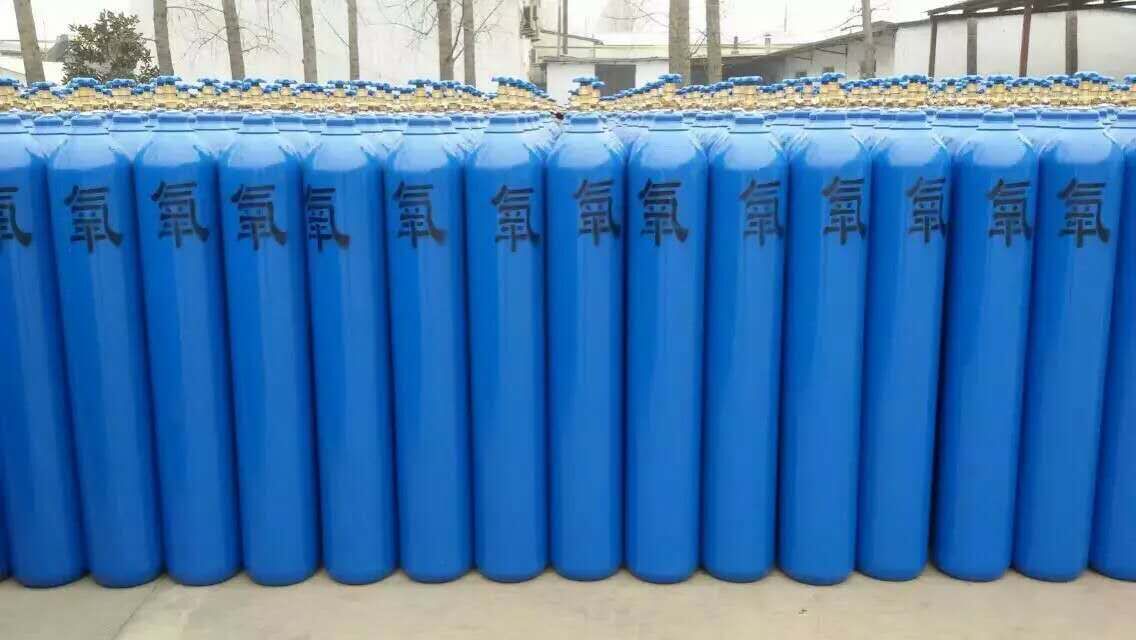b

Thank You!
Your requirement has been sent, we will contact you quickly!
Sent Failed!
Try again!
Chemical formula: o‹
CAS login No.: 7782-44-7
Appearance: colorless gas
Molecular weight: 32
Purity: 99.999%
Package: 40L
Gas content: 5.5m3
Name | Purity | Cylinder volume | Filling capacity | pressure | Valve model |
High purity oxygen | 100% | 2L | / | 10MPa | Manganese steel /qf-2/qf-2c/ aluminum bottle qf-21a |
High purity oxygen | 100% | 4L | / | 10MPa | Manganese steel /qf-2/qf-2c/ aluminum bottle qf-21a |
High purity oxygen | 100% | 8L | / | 10MPa | Manganese steel /qf-2/qf-2c/ aluminum bottle qf-21a |
High purity oxygen | 100% | 40L | / | 13Mpa | Manganese steel /qf-2/qf-2c |

Gas description
Oxygen, chemical formula O2. Chemical formula quantity: 32.00, colorless and odorless gas, the most common elemental form of oxygen. Melting point -218.4 ℃, boiling point -183 ℃. It is not easily soluble in water. About 30ml of oxygen is dissolved in 1L of water. Oxygen accounts for about 21% of the air. Liquid oxygen is sky blue. Solid oxygen is blue crystal. It is not very active at room temperature and is not easy to interact with many substances. However, it is very active at high temperature and can be combined with many elements directly, which is related to the electronegativity of oxygen atom, which is second only to fluorine.
Oxygen is the most widely distributed element in nature, accounting for 48.6% of the mass of the earth's crust, and is the most abundant element. Oxygen is needed in the oxidation of hydrocarbons, the treatment of wastewater, rocket propellants, and the respiration of animals and people in aviation, aerospace and diving. Animal respiration, combustion and all oxidation processes (including organic matter decay) consume oxygen. But the oxygen in the air can be continuously supplemented by the photosynthesis of plants. In metal cutting and welding. Oxygen with purity of 93.5%~99.2% is mixed with combustible gas (such as acetylene) to produce extremely high temperature flame, so as to melt the metal. The metallurgical process cannot be separated from oxygen. Oxygen is also needed to strengthen the production of nitric acid and sulfuric acid. High calorific value gas can be obtained by blowing the mixture of oxygen and steam into the gas gasifier without air. Medical gas is extremely important.
Main purpose
Smelting process: when high-purity oxygen is blown during steelmaking, oxygen will react with carbon, phosphorus, sulfur, silicon, etc., which not only reduces the carbon content of steel, but also helps to remove phosphorus, sulfur, silicon and other impurities. Moreover, the heat generated in the oxidation process is enough to maintain the temperature required for the steelmaking process. Therefore, oxygen blowing not only shortens the smelting time, but also improves the quality of steel. When making iron in blast furnace, increasing oxygen concentration in blast can reduce coke ratio and increase output. In nonferrous metal smelting, oxygen enrichment can also shorten smelting time and increase output.
Chemical industry: in the production of synthetic ammonia, oxygen is mainly used for the oxidation of feed gas to strengthen the process and improve the output of chemical fertilizer. For example, high temperature cracking of heavy oil and gasification of pulverized coal.
National Defense Industry: liquid oxygen is the best combustion supporting agent for modern rockets. Liquid oxygen is also required as an oxidant in supersonic aircraft. Combustible materials impregnated with liquid oxygen have strong explosiveness and can be used to make liquid oxygen explosives.
Medical care: respiratory supply: it is used in hypoxic, hypoxic or anaerobic environments, such as diving, mountaineering, high-altitude flight, space navigation, medical rescue, etc.
Other aspects: as a combustion supporting agent, it is used together with acetylene, propane and other combustible gases to achieve the role of welding and cutting metals. It is widely used in all walks of life, especially in machinery enterprises. It is also very convenient for cutting. It is the preferred cutting method.

